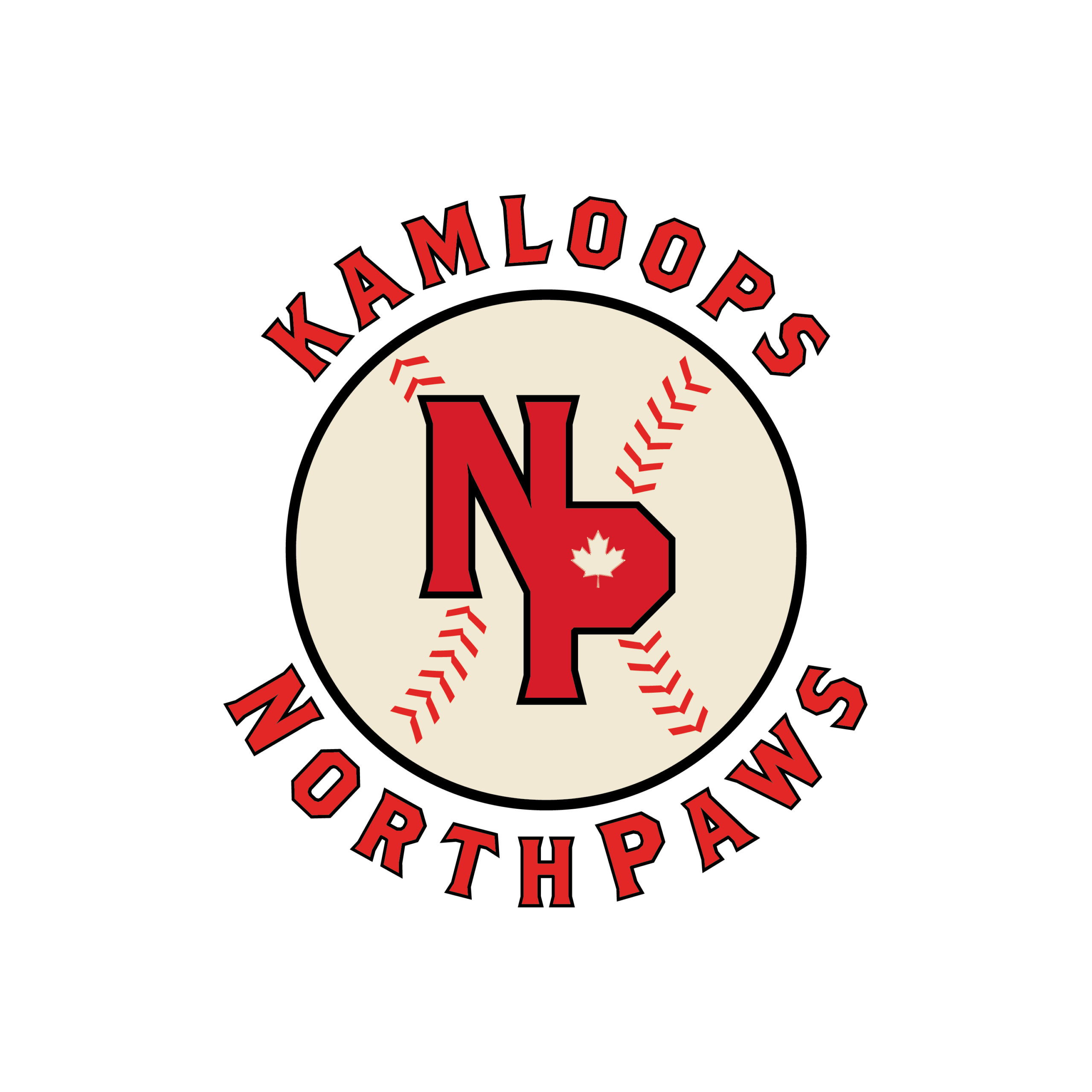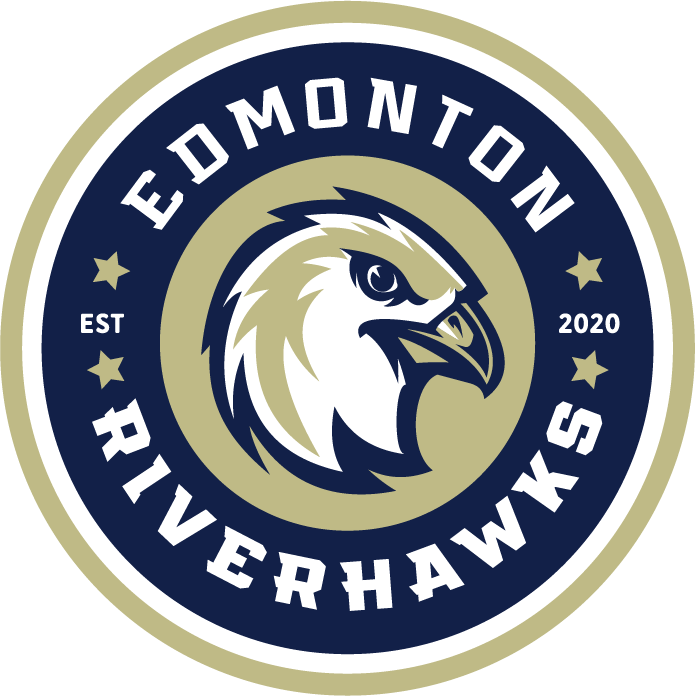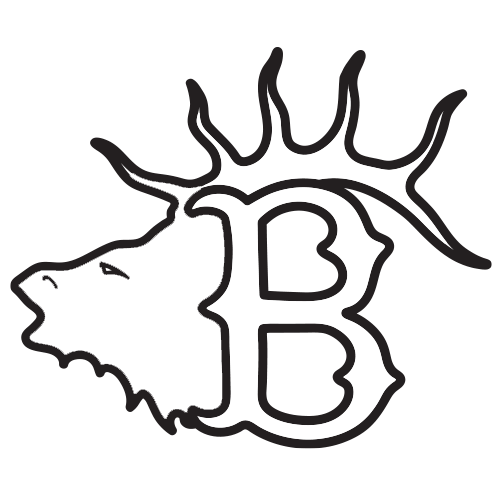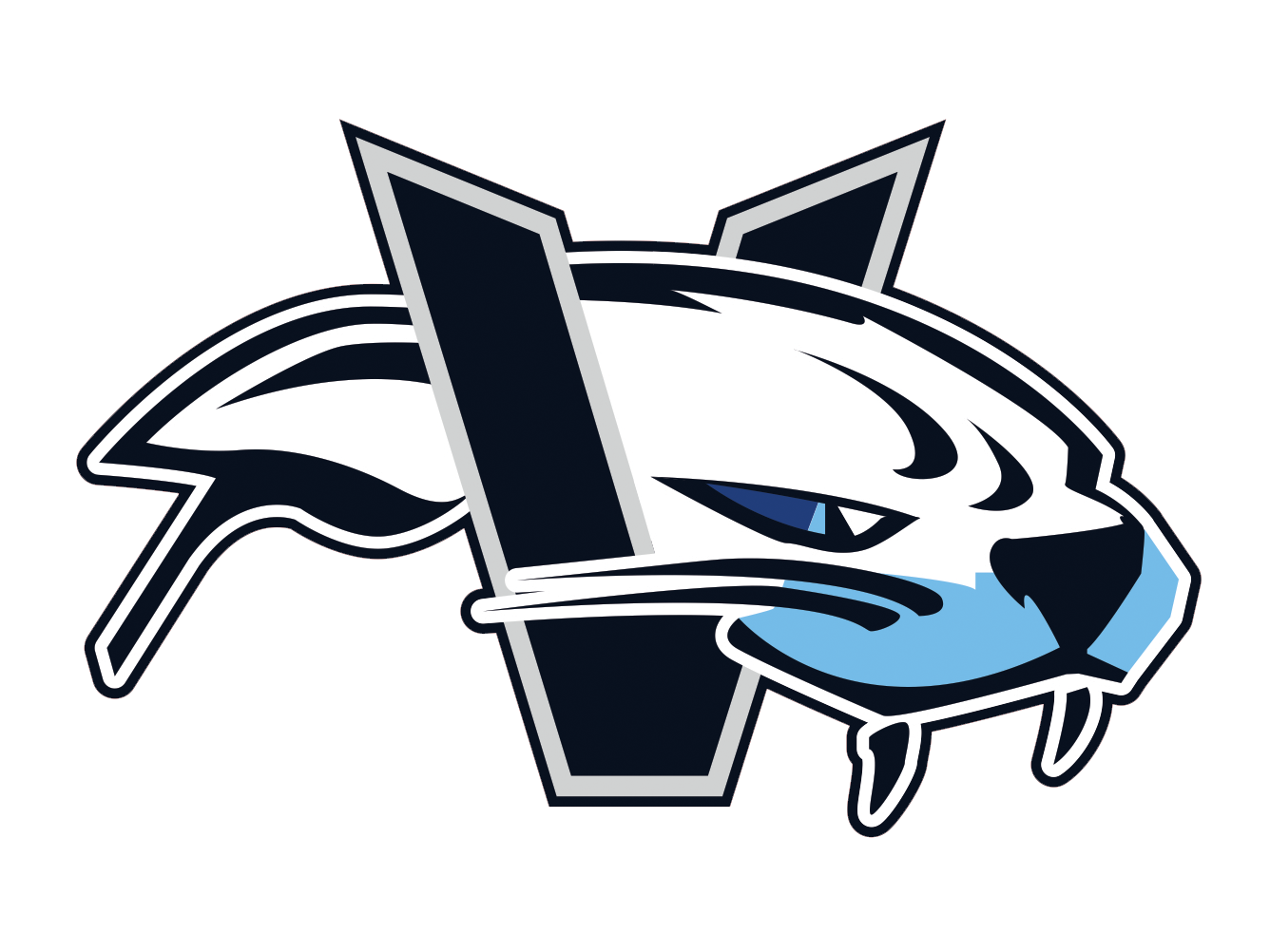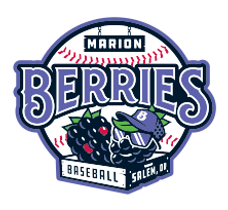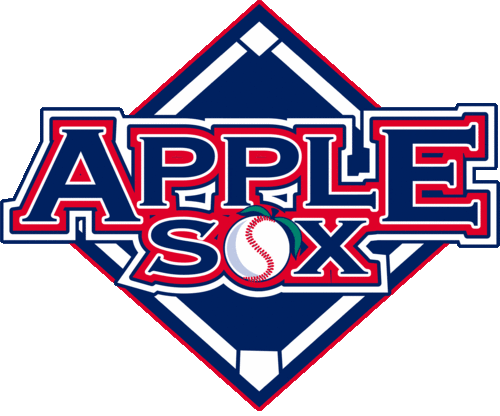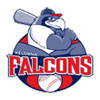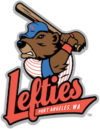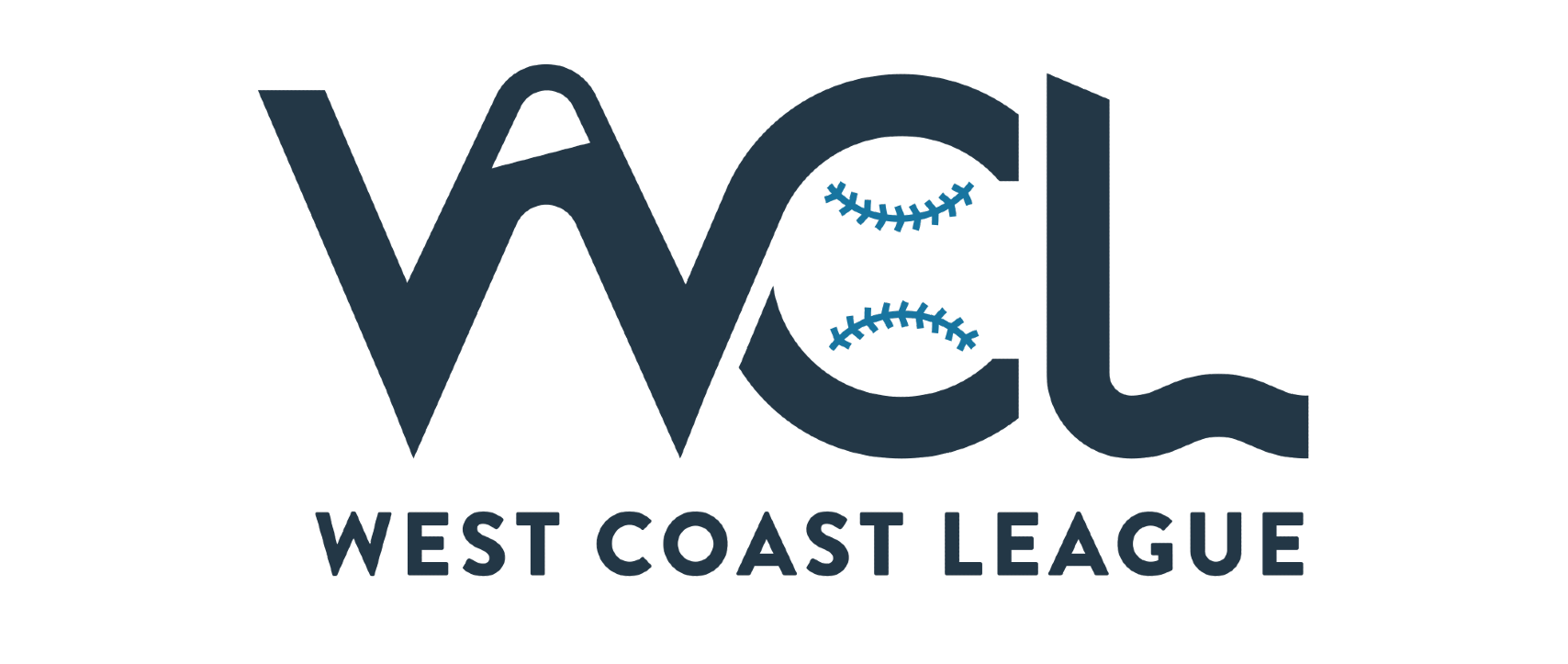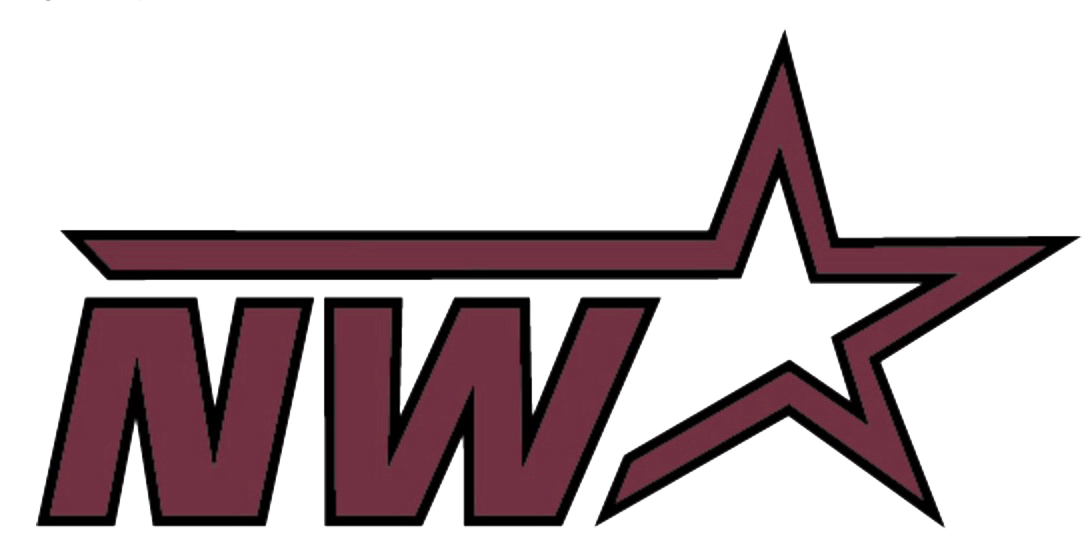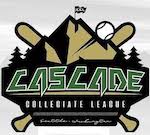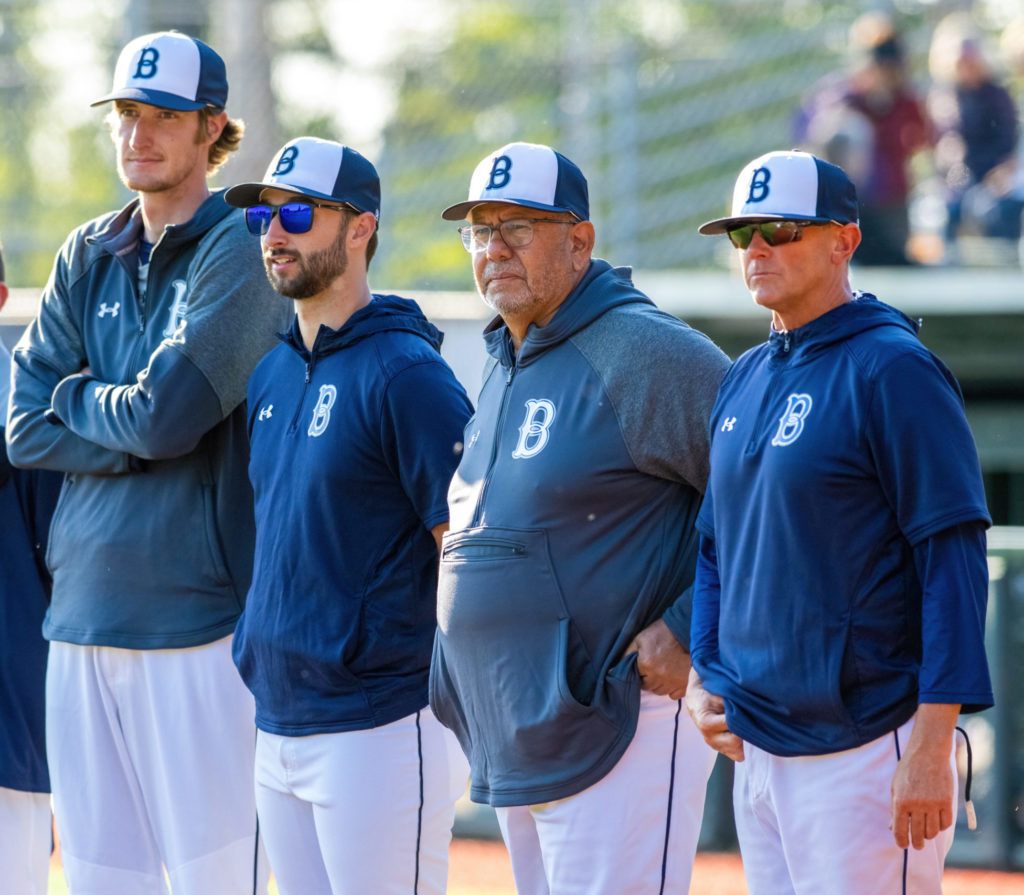By Jason Upton // Bells Beat Writer
After over four decades of working with the Philadelphia Phillies, Carlos Arroyo was settling into retirement at his home in Florida before he received a call from the Bellingham Bells. Two former associates of Arroyo’s from the Phillies knew Bells owner Glenn Kirkpatrick and heard he was on the lookout for an experienced pitching coach to add to his staff. Both had the same name in mind.
Arroyo was intrigued by the shorter season, as he didn’t want to be away from home too long, but the idea of coaching youth baseball (a relative term after working with the pros for 40 years) was the main draw.
“I thought it was a good place for me to come in and blend in with this staff and players,” Arroyo said. “Just a lot of [players] that are looking for help and to develop them. That’s what I like about baseball, the development side, that’s what I’ve done in my career.”
All the years of high-level experience Arroyo brings to the club is enough for two, so when the Bells decided on hiring their former pitcher Cody Anderson to work with him, the young assistant made the perfect pair.
Anderson, 26, pitched for the Bells back in 2015, when he went 2-0 with 22 strikeouts and a 3.37 ERA in 34 innings pitched. After graduating from Washington State University, Anderson traveled to Australia to play, where he struck out 120 batters as the runner-up for league MVP in his final season.
Despite his youth, Anderson brings coaching experience prior to his current stint with the Bells. He previously coached in the Cascade Collegiate League and at the Northwest Championships for Baseball Northwest, before being hired at Bellevue College, where he played his first few years of college ball at. At Bellevue, Anderson is the head coach for their softball team and an assistant coach for their baseball team.
Bells pitcher Trevin Hope, who played under Anderson at Bellevue last year, says he converses with Cody all the time, and finds comfort in having a younger coach at his disposal.
“Having somebody that’s a little closer to your age, it’s a lot easier to talk to him, be a little bit more open to certain things, not necessarily baseball, but just to have conversations in downtime,” Hope said.
It’s this dynamic that Anderson and Arroyo can offer to the players that make them such an ideal pairing. Arroyo has years of invaluable experience with seasoned pitchers, giving him perspective on a younger team like the Bells. His eye for baseball is as good as they come, which is why Anderson’s background in video analysis and working with metrics is the perfect complement.
As dependable as the eye test is in sports, finding data and analytics to support what you’re seeing on the field is becoming increasingly important. Anderson has been a big proponent of this, helping Arroyo navigate his way through the tech-heavy world of sabermetrics.
“If we’re seeing something, but the numbers disagree with what we’re seeing, it’s ‘Ok, well we’re wrong here, this is actually what’s happening,’ cause sometimes our eyes will play tricks on us,” Anderson said. “It’s kind of a validation, but also a way to correct ourselves and keep the coaches in check as well.”
For example, Bells reliever Noah Meffert throws a mid-to-upper 80’s fastball with a lower spin rate, which at first glance seems like it could use more speed. Using sabermetrics, the coaches found that Meffert’s spin efficiency is very high. Spin efficiency represents the percentage of total spin that contributes to creating movement on a pitch, with higher percentages translating to more ball movement (up, down, left or right).
“It helps it stay up in the zone, rather than taking it down,” explained Arroyo. “If it’s not broken, don’t fix it, and that’s the bottom line.”
In the case of Meffert, the coaches used the numbers to avoid any unneeded changes to increase his spin rate, finding that his spin efficiency numbers were enough to leave his mechanics be. Meffert has clearly been doing something right, seeing as his two outings with the team have resulted in no hits or runs allowed and seven strikeouts over just three innings pitched.
The seasoned veteran and up-and-coming young coach dynamic between Arroyo and Anderson gives Bells players two different, but equally reliable, voices to talk to.
“Carlos relates to these guys maybe in a father to son way, where I can relate to these guys in an older brother kind of way. It’s still a good relationship, but it’s just different,” said Anderson. “Whatever we can do to get the most out of the players, that’s what we’re here for.”
“You have to have a kind of balance, and the kids like that,” Arroyo added. “And I see a trend of guys being open to go to either one.”
Both coaches have been on the same page since day one when Arroyo took Anderson out to dinner when they first met each other, and according to Anderson, the two “talked nothing but baseball.”
The two are always bouncing ideas off one another, arriving at their office by noon and staying until 11 PM. Their conversations are always baseball-centered, ranging from talk of old players and teammates to current Bells and everything in between. Even with Arroyo’s lengthy history coaching in the pros, Anderson is still working around his area of expertise with his extensive knowledge of amateur leagues in the PNW.
“I probably can’t teach him as much as he can teach me, but I feel like there’s definitely some knowledge swap back and forth between the two of us with our given backgrounds,” Anderson said. “We’re just two baseball guys that love talking baseball all the time.”


